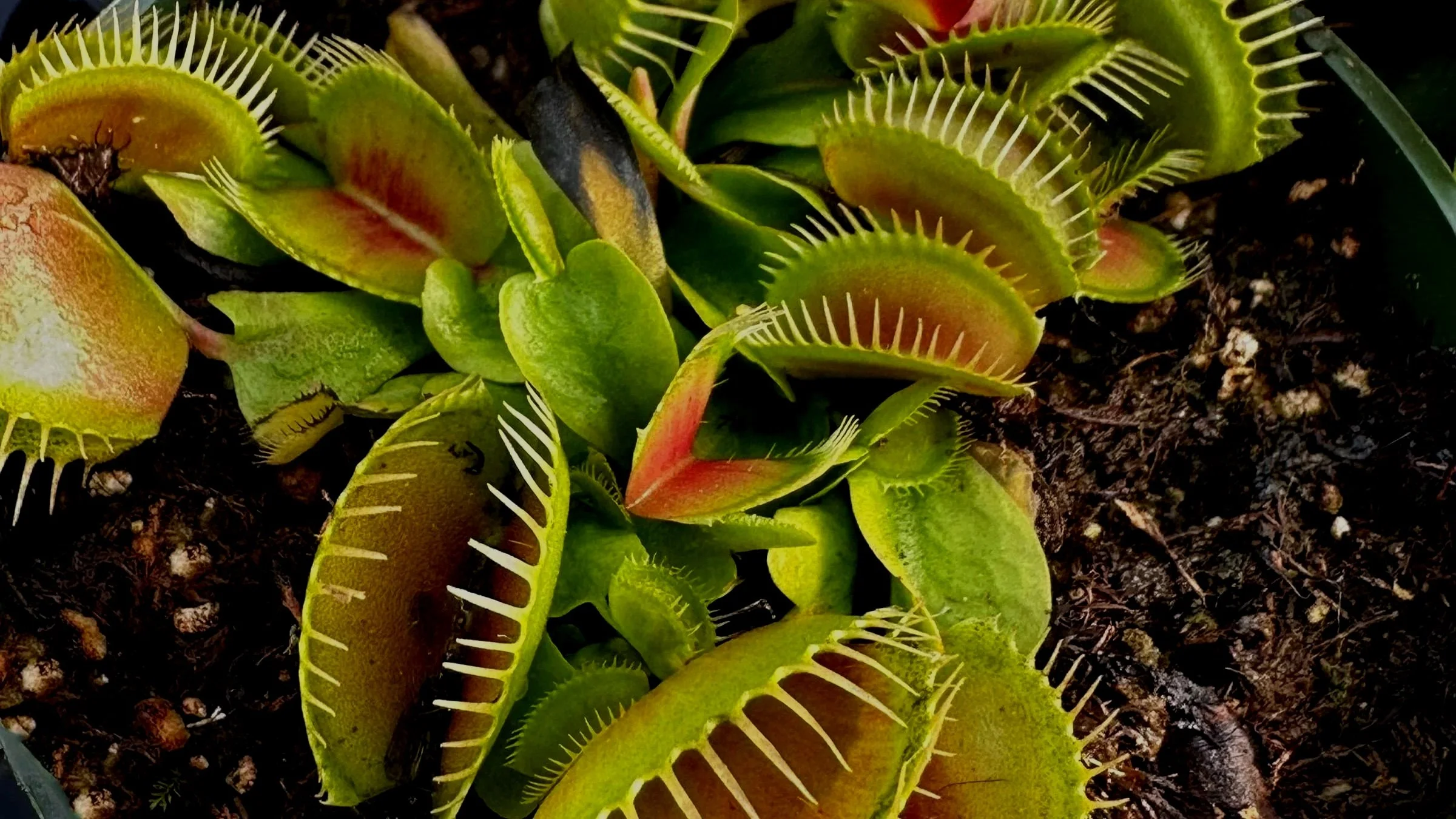As we march on through the month of January, it is time to recall the annual gardening tradition of dormant spraying. The ideal products may have changed a bit over the years, and certainly their effectiveness has improved as well, but the spray techniques and principles remain the same. A plan for success always begins with (and will continue to be about) timing, technique, and utilizing the best products to accomplish your goals.
A dormant spray program can give you a head start on spring and really does help with both insects and diseases on many plants that we grow locally. Keep in mind that insects are everywhere, have been here long before us and will continue to populate every nook and cranny on earth long after we are gone. There are some beneficial bugs of course, but there are certainly plenty of others that hide out in our plants over winter, awakening the following spring to cause unwanted damage, or worse, to specimens in our landscapes. In our specific area, with the wet winter and spring weather that we are blessed with, I personally am more worried about diseases than anything else. Common issues arise seemingly every spring season, and if left unchecked may mean damage beyond repair and inevitable plant replacement.
With either insects or diseases, always get a proper diagnosis before trying to attack the problem. Speaking with a Certified Professional Horticulturist at your local garden center is paramount, showing them samples or clear pictures of your concerns. Some issues can really be helped with dormant spray, others not so much. Many times a struggling specimen in the landscape has nothing to do with bugs or diseases, and is instead related to something cultural. One major factor for us locally is drainage, as some plants just don’t do well in heavier clay soil with poor drainage. If I had a nickel for every time in the last thirty years a patron has told me their plant was diseased (showing me pictures or samples) and the issue was anything but disease, I would be a retired, rich man that golfs all the time! Ask for help please, get the right product(s), read the label(s) and be sure to follow instructions in order to take care of your particular challenge.
There are a number of products suitable for dormant season use. I have tried a few over the years, but the superior mixture to me is a fungicide called Liqui-cop (a form of Copper) with the insecticide Horticultural Oil (an OMRI listed organic mineral oil) - both from Monterey. Why are they better? They can be mixed together if needed, saving time and allowing one spray containing both. They can also be used all season long, except on extremely hot days in summer. Liqui-cop in particular is most useful for us locally, as I am emphasizing my focus on disease prevention. Once you spray a plant properly, imagine a thirty day shield goes up protecting buds, wood, and everything - raining or not.
As you consider the process of dormant spraying, remember that timing is everything. First, please take this oath; repeat after me and promise “I will never, ever, ever spray a plant that is in bud or blooming.” Fruits, berries, roses, anything that you are spraying should be addressed before they bloom, and if you miss the window simply wait until flowering is done and then apply. This is especially important in late winter with fruit trees – no bees means no pollination, means nothing to snack on. Apply on a dry day, or at least give the spray a few hours to dry on before it rains. Completely covering your specimens, and I mean every nook and cranny from the top to bottom, is vital. This can be tough on larger trees for sure, so getting the right equipment/nozzle or even hiring a spray service may help. With both Liqui-Cop and Horticultural Oil, read the labels thoroughly, without exception. There are some plants, plums for example, that may not care for the oil portion of the spray. Remember that you can always ask your local garden center for any help as well.
What you should spray in your landscape this time of year is ultimately up to you of course. I would think back to 2024 and ask yourself some questions… What specimens had issues in the yard during the growing season? What plants am I growing that may be a bit more prone to this or that problem year to year? What did the winter bring, hard freezes or more mild wet weather? I think you will end up with at least a few plants that simply must be sprayed and will benefit from a fresh start. Take fruit trees first, to me they should all be pruned properly and then sprayed before they bloom. This is beyond important for Peaches, Nectarines, and Apricots in particular. Roses should all be cut back properly in February and sprayed to help prevent the typical black spot, mildew and rust we see in our area. Berries of all kinds would benefit from a dormant spray as well. Many shrubs and trees would appreciate the protection, including Dogwoods (especially Eastern cultivars, Cornus florida), which need to be protected from Anthracnose. Be sure to clean up the old foliage/fruits around these plants as well, since leaving diseased material to fester on the ground is asking for them to blow right back up in the spring winds and rain to infect your plant(s) once again.
I sincerely hope you all will contemplate the different plants in your yard and consider protecting some with a dormant spray. Being proactive versus reactive remains the best way to go, and applying a fungicide like Liqui-Cop (and perhaps the oil too) will get you ahead for spring. Monitor the weather and think of those little fungus spores flying around in the winter and spring winds looking for a suitable plant to infect. Get your shield up to prevent them from doing so, then reapply as needed through the wet spring weather to continue to deter new infections. To spray or not to spray, and of course what to spray, those are the questions for you to ponder and now practice in your own garden.
Remember leaves up, roots down…



